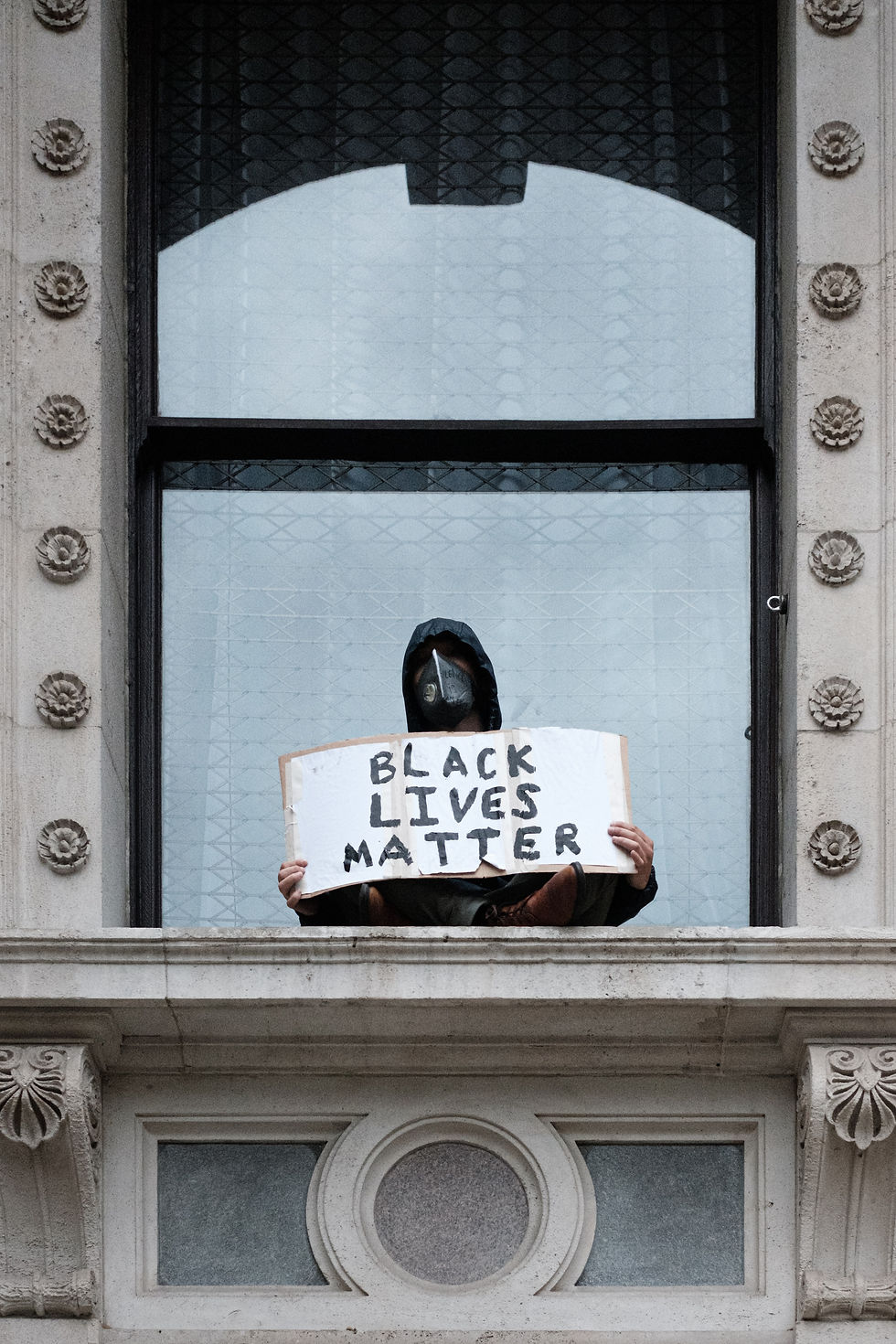The Decade of National Racial Reconciliation
- Mark
- Nov 12, 2020
- 3 min read
Updated: Nov 24, 2020
At some point, all “conversations” must come to an end to be followed by either action or inaction. America has now reached that exact point in its conversation on race. Due to the ongoing police murders of George Floyd and others it appears American’s have chosen action. What form could this action take?
America is truly exceptional in that we managed to incur two Original Sins. First, the ethnic cleansing of native Americans and then the enslavement of an entire population for centuries.
Unlike many other countries, due to its core values of freedom, liberty and equality, America has struggled mightily with these sins and in the last 100 years made significant progress. The combined impacts of Floyd’s egregious murder, the disproportionate effects of coronavirus on people of color, and a very unusual (some would say racist) president have presented America with a once in a hundred-year opportunity to end institutional and systemic racism.
President Kennedy focused America’s energy, vision, and commitment to put a man on the moon within a decade and we did it. Now, America’s next president needs to call for a Decade of National Racial Reconciliation (DONRR) for the purpose of ending the effects of racism towards native Americans and people of color in America. The process will be very simple and could look something like this:
Years 1-2: A public-private enterprise is established and convenes all stakeholders. Working groups are identified and the plan for moving forward established.
Years 2-5: Stakeholders do a comprehensive review of all legislative, regulatory, economic, business, healthcare, housing, education, voting, and social (policing) policies and practices at the local, state, and federal levels to identify and catalog instances of institutional and systemic racism (barriers). Thirty to forty key barrier benchmarks are established to measure progress, for example, annual household incomes, household wealth, college graduation rates or health outcomes.
Years 5-10: This is where the real work of DONRR will occur; primarily along two lines. Firstly, armed with essentially a hit list-spreadsheet of racist elements remaining in the American society DONRR stakeholders will prioritize and remediate. Here we will need to be a little creative. There are over 3000 counties in America and if, for example, DONRR stakeholders identify a similar element of racial bias occurring in 1000 counties the practice will be remediated by a single stroke of the pen rather than trying to mobilize 1000 county councils to do the right thing. When similar strands of systemic and institutional racism are identified in multiple states, DONRR model laws will be put forward and implemented by fiat. DONRR stakeholders will be the drivers of change. America cannot leave the work of this historical moment to Congress. Legislators at all levels of government are first politicians, with their fingers in the air wondering which way the breeze is blowing before they speak, and are responsible for much of the mess we are in today. Secondly, America now has the ability to listen to and use the voices of people most affected by institutional and systemic racism. Using established crowd sourcing technologies and techniques the DONRR stakeholders will ask native Americans and people of color for their input in identifying problem areas and providing solutions.
To change its culture, a nation must be both willing and able. For years America has had the ability to end racism but lacked willingness. The benefits of a cohesive culture (health and wealth for all) are achieved when the culture is aligned and working towards common goals. Moving America’s discussion on race to action then ultimate racial reconciliation will go a long way to achieving true American exceptionalism.



I’ve never been much of a night owl, but the last few years have changed that. Somewhere between juggling a demanding job and adjusting to a quieter house after my kids moved out, I started having trouble sleeping. Some nights I’d toss and turn until two in the morning, staring at the ceiling, annoyed with myself for not being able to drift off. Other nights, I’d sit on the couch, scrolling endlessly through social media, feeling that familiar sense of wasted time creep in.
One of those nights, I stumbled across a post from an old friend talking about the sky247 betting app. At first, I thought it was just another flashy gimmick people hype up online. I scrolled past…
The Decade of National Racial Reconciliation is a powerful reminder of the importance of inclusion and equal opportunity across all sectors. In our field, such as warehousing services in Karachi, we believe that fostering diversity and fair labor practices not only strengthens our workforce but also builds trust with our clients and partners. True progress happens when equity becomes part of everyday operations — whether in policy-making or in logistics.
America’s call for racial justice demands bold, structured reform—much like the proposed Decade of National Racial Reconciliation (DONRR). From policy review to community input, it's a blueprint for real change. As educators prepare to lead future generations through such societal shifts, quality Pgce Assignment Writing Help ensures they understand and reflect on these crucial issues. Empowered teachers shape conscious citizens. Change begins with education.